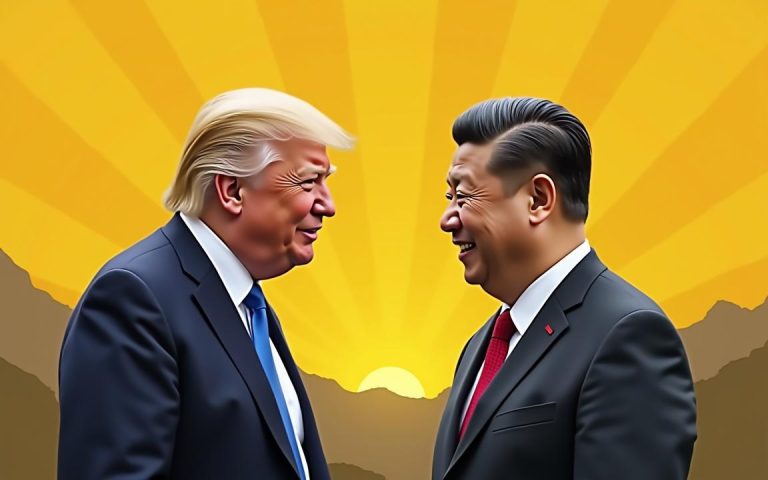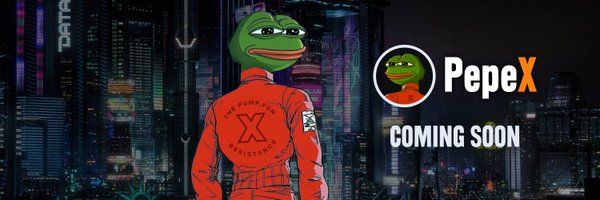US President Donald Trump raised eyebrows last week when he singled out Australian beef while announcing tariffs on a broad range of imports.
“They won’t take any of our beef,” Trump said, referring to Australia’s long-standing restrictions on US beef imports due to concerns over mad cow disease.
These restrictions have effectively halted almost all US beef shipments to Australia for over two decades.
I don’t blame them. But we’re doing the same thing right now, starting at midnight tonight.
Paradoxically, Australia’s beef industry is expressing relief, as Trump’s 10% tariff on Australian products appears insufficient to significantly impact its booming exports to the United States, which have been averaging a record $275 million a month in the six months to February, according to industry insiders.
China’s retaliation: a golden opportunity for Australian beef
More significantly, tit-for-tat tariffs imposed by China, combined with Beijing’s decision not to renew the local registration of hundreds of US meat facilities, are threatening US beef exports to China, a market worth around $125 million a month.
This presents Australia, along with competitors like Brazil, Argentina, and New Zealand, with a prime opportunity to increase their shipments to the lucrative Chinese market.
“I’m not too stressed by 10%,” Andrew McDonald, whose Bindaree Food Group operates meat processing facilities in Australia and ships beef to the United States, told Reuters.
McDonald noted that the tariff announcement has actually rekindled interest in Australian beef from US buyers who had temporarily paused orders while awaiting clarity on Trump’s trade policies.
He also added that demand for Australian beef in China was on the rise.
“It’s a good outcome for Australia,” McDonald concluded.
Quarter pounder relief: tariffs unlikely to dent demand
US beef imports are currently at elevated levels due to years of dry weather that have reduced cattle numbers to their lowest levels since the 1950s, shrinking domestic production and driving up local prices.
Analysts anticipate that it will take several years for domestic production to recover.
Australia, on the other hand, is flush with beef supply thanks to favorable wet weather, making it the largest shipper to the US, offering both lower prices and lean cuts that the US lacks.
Rabobank analyst Angus Gidley-Baird explained that imported Australian lean trim beef in the US was priced around $3.12 a pound (or almost half a kilogram) before the tariff.
The tariff increased that price to $3.43 a pound, which is still significantly lower than the local product, priced around $3.80, he said, adding that the tariff adds just 2.5 cents to the cost of a quarter-pounder made partly from Australian beef.
A softer Australian dollar provides further cushion
While the tariff costs are likely to be shared across the supply chain, a sharp decline in the Australian dollar versus the US dollar provides Australian producers with an additional cushion, according to analysts.
A weaker currency incentivizes US buyers to increase purchases while simultaneously increasing the local currency earnings for Australian sellers for each US dollar they receive.
Commonwealth Bank analyst Dennis Voznesenski pointed out that the only other major beef exporters not subject to US tariffs are Canada and Mexico, but their capacity to significantly increase shipments in the short term is limited.
Finally, China is the only major buyer of US beef to have retaliated to Trump’s tariffs.
China is the third-largest importer of US beef after South Korea and Japan, with the United States accounting for 10% of its beef imports by value.
The post Trump’s beef backfires? Aussie exporters may actually win from trade war appeared first on Invezz










